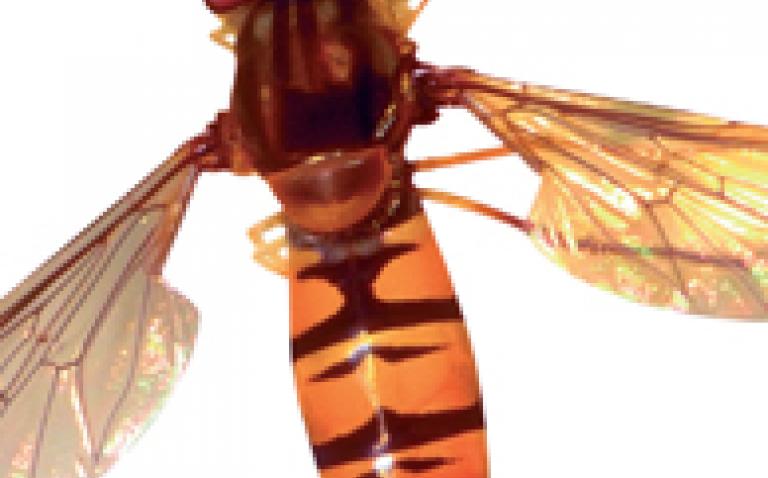Tumours could soon be stung to death if microscopic “nanobees” are used to fight cancer, researchers say.
Scientists in the US used a swarm of the tiny artificial particles armed with a cancer-killing toxin found in bee venom to target human breast and skin tumours in mice.
The tests found that the spherical “nanobees”, measuring just three-millionths of an inch across, targeted only cancerous cells by delivering a lethal “sting”.
The bee toxin, melittin, was found to destroy the cancerous tissue by drilling holes through them, and after several days of injections from melittin-carrying nanobees the growth of breast cancer tumours in the mice was slowed by nearly 25%.
Melanoma, or skin cancer, tumours also shrank in size, by 88%.
Professor Samuel Wickline, from the Siteman Center of Cancer Nanotechnology Excellence at Washington University School of Medicine, said: “We have shown that the bee toxin gets taken into the cells, where it pokes holes in their internal structures.”
The nanobees, which are made of perfluorocarbon, a material used in artificial blood, are large enough to carry thousands of active compounds, yet small enough to pass easily through the bloodstream.
The team is looking at how the breakthrough could be used in various treatments, including the diagnosis and treatment of narrowed arteries and cancer.
Copyright Press Association 2009










